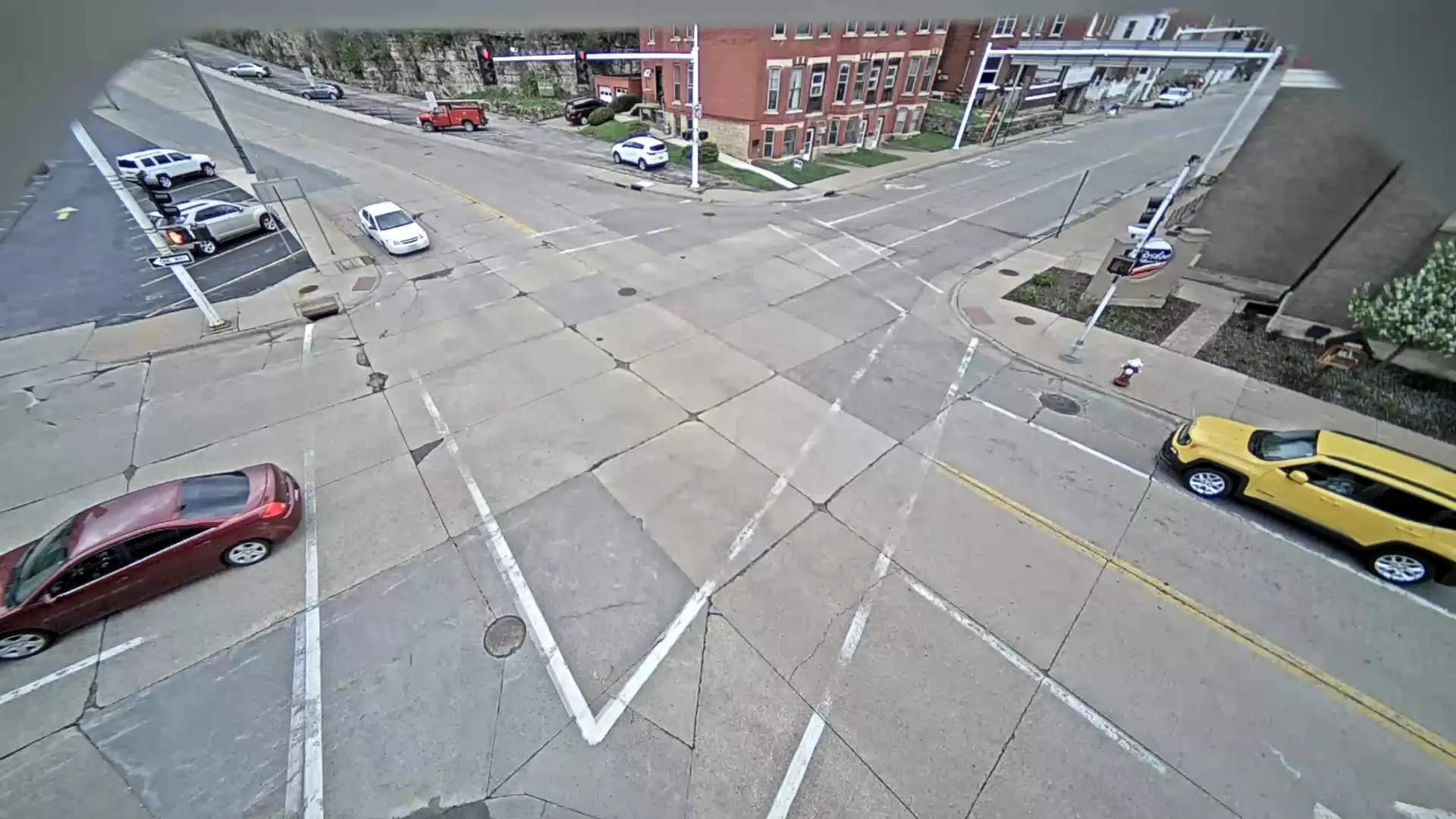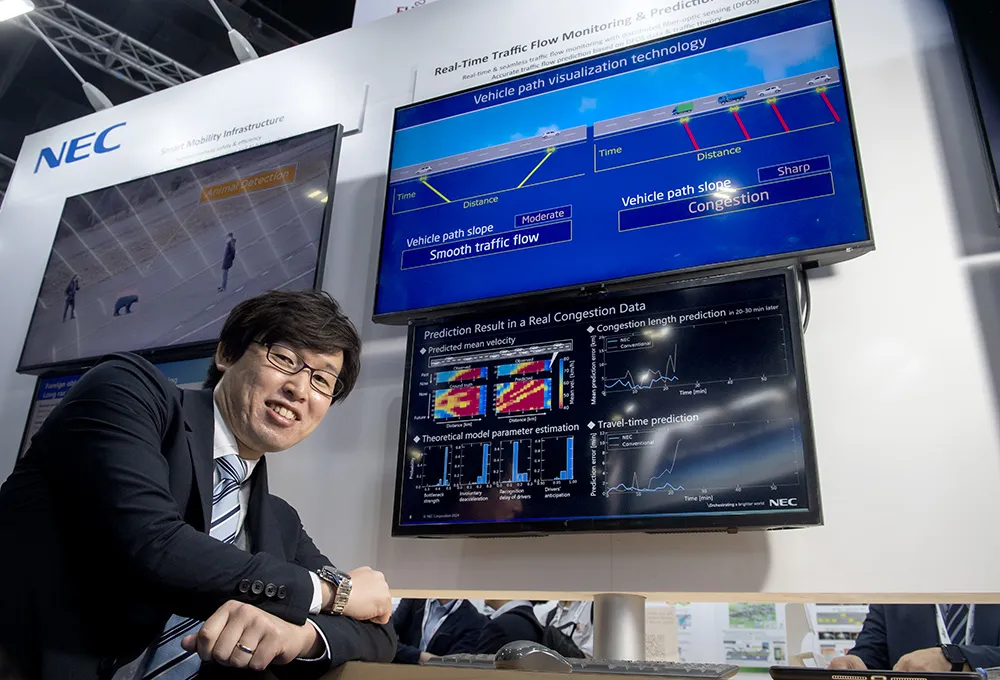
Working as stand-alone units, or part of a wide ANPR network, Vector provides a 24/7 monitoring capability, with each camera capable of capturing thousands of plate reads every day.
Combined with powerful back office analysis software, the police are able to locate wanted vehicles fast, or identify criminal activity through analysis of driving patterns. It captures licence plates reliably over two lanes, even in poor weather and lighting conditions.
The state-of-the-art Vector technology is contained within a single compact unit consisting of two high-resolution camera modules and an IR flash. This enables licence plates to be recognised even on dark unlit roads.
“The licence plate recognition can be configured to read licence plates in many different countries and provides accurate licence plate identification even at high vehicle speed,” said Adrian Cadd, International Business Director. “The scene and licence plate images from the Vector can be transferred in real time via a cable or wireless to a local database. This ensures fast, constant access to the data which is encrypted in accordance with the latest DES and AES standards,” said Cadd.
The Vector traffic monitoring camera is fitted with many additional features such as GPS clock, inbuilt compass and accelerometer sensors and three light sensors. This technology means that the Vector’s performance can be optimised for a wide range of demanding applications and can be dynamically adapted to changing conditions. The system is safe and secure and can provide real time alerts if moved or tampered with.










